Northumberland fairies are part of the landscape of England’s north-east. Gayle Fidler tells tales of their ethereal presence and enchanting history
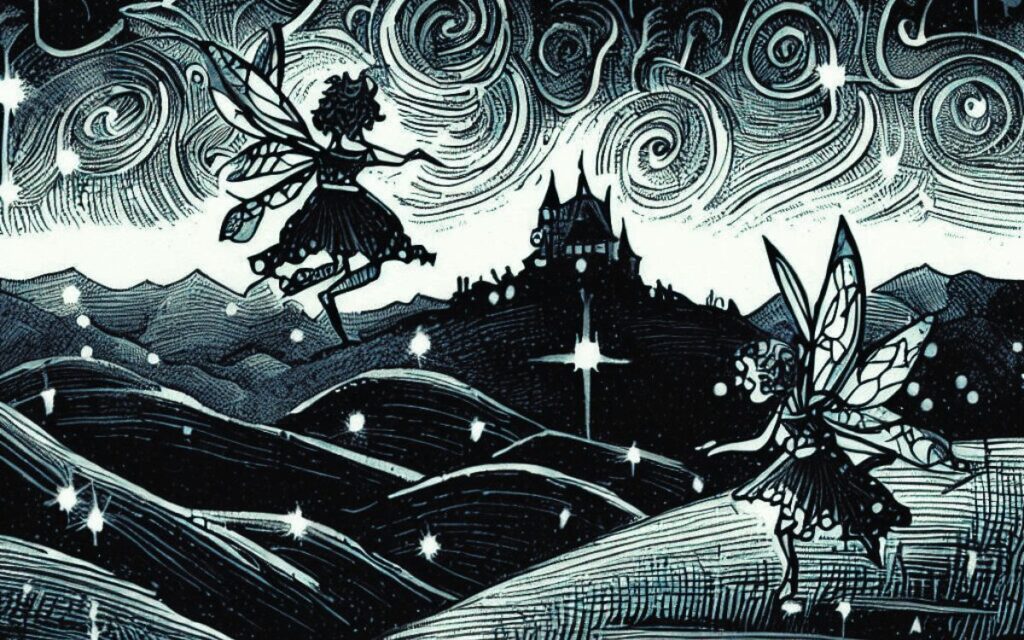
The county of Northumberland is England’s most northeast county. It is also the least densely populated one. The geography hosts long golden beaches, rugged desolate moorland, and lush forested areas. The county lies within the historical region of Northumbria. This was once an important Anglo-Saxon kingdom, encompassing a much wider area.
Northumberland has been awarded dark skies status and has the largest area of protected sky in Europe. There are over 70 castles to explore and many other historic buildings.
The county truly is a magical land, rich with folk tales. Giants, dragons and strange spectral beasts were said to roam the countryside and coastline.
An exploration of local folklore finds one category of these legendary beings dominating the landscape. The Northumberland Fairy Folk.
What are Northumberland Fairies?
The popular image of a little fairy with a pretty face, wings and pointed ears is a relatively modern idea.
Once upon a time fairies were feared. If they were not treated kindly, they could cause harm to people and animals. It was believed that sometimes they would even steal small children and swap them for one of their own.
The term fairy was used to describe a variety of supernatural beings, including elves, brownies and goblins. Often it was believed they were spirits of the dead or even fallen angels.
Appearances vary, but many accounts describe them as human like in form, even wearing human clothing. The fairy realm was an alternate reality where the pace of time was slowed.
There are many stories throughout Northumberland filled with tales of fairy folk. Here are four of the top fairy haunts.
Queen of The Fairy Folk
Old Fawdon Hill, near Whittington, is said to be the royal residence of the Northumberland Fairies. The Queen, King and their courtiers live under the hill, surrounded by fairy tribes who reside in surrounding rocks and hidden caves.
There is a tale of a farmer who heard music coming from the hill. He found the fairy folk having a party. They offered him a cup of wine, but he became scared and stuck them with his scythe. Since then, the fairy tribes have remained hidden away from the danger of humans.
A poem published in the book, Metrical Legends of Northumberland by James Service (1834), gives a description of the fairy hills.
On Fawdon Hills, where the Fairies dwell.
Soft as the ray of the crescent moon.
That hallows the Fairies’ festive noon.
The noon of night when the clear blue sky.
And numberless stars inverted lie.
On the breast of the scarcely-stirring stream.
When waked by the elfin-star’s dawning beam.
The little green hunter winds his horn.
And dew-drops start from the snow-spangled
thorn.
The Pin Well at Wooler
On the outskirts of the small town of Wooler, is a wishing well known as the Pin Well.
There is an old custom surrounding the well. It is said that on May Day, local people would form a procession to the well and drop a crooked or bent pin into it. It was believed that a fairy dwelt within the well, and she would grant wishes in return for the pins.
The well is still accessible today via a public footpath. The natural spring lies under a projecting rock, known as The King’s Chair. So called, as legend tells of a king who once sat upon the rock, whilst directing a battle, which was fought out below him.
The well is sited very close to a hawthorn tree. It is believed the hawthorn has magical properties and is a gateway between the human world and the fairy realm.
Brinkburn Fairy Graveyard
The grounds of Brinkburn Priory near Rothbury are said to be where the Northumbrian Fairies go to bury their dead.
In the book Comprehensive Guide to Northumberland (1891), W. W Tomlinson notes that:
“A shady green spot in the precincts of Brinkburn is pointed out by a pretty tradition as the burial-place of the Northumberland Fairies. Their tiny forms are no longer seen in the moon-lit glade, but the flowers they loved still bloom plentifully beneath the shelter of green groves.”
The Chillingham Fairies
The village of Chillingham is perhaps best known for its castle and wild cattle. However, a couple of miles from the village is a large stone of unknown origin.
Known as The Hurl Stone. There is no record of why or how it got there. It is most likely the shaft of a medieval standing cross. Local legend has another theory, and it is said that it was hurled there by a giant. The stone also has a fairy legend connected to it.
It was once believed The Hurl Stone was a favourite place for the Northumberland fairies to revel. They would meet at midnight on a moonlit night to dance around the stone. It was even said to be the place where the Northumberland Fairy Folk would meet for orgies.
The Chillingham fairies would sing and frolic around the stone. They would play the harp and chant, “Wind about and turn again, and thrice around the hurl stone.” As they danced a circular dance.
There are many other places to visit in Northumberland which have fairy connections.
Bamburgh Castle has a money granting fairy. There was a fairy hollow at Alnwick, where fairy dances were held. Parts of Hadrian’s Wall at Vindolanda and Houseteads were thought to have fairy colonies living within them, where they had kitchens and did their cooking.
Finding a four-leaf clover was believed to help a human find the fae. If you are lucky enough to come across one whilst in Northumberland, be sure to let us know what the fairy folk have to say!
Tell your thoughts on Northumberland Fairies in the comments section below!

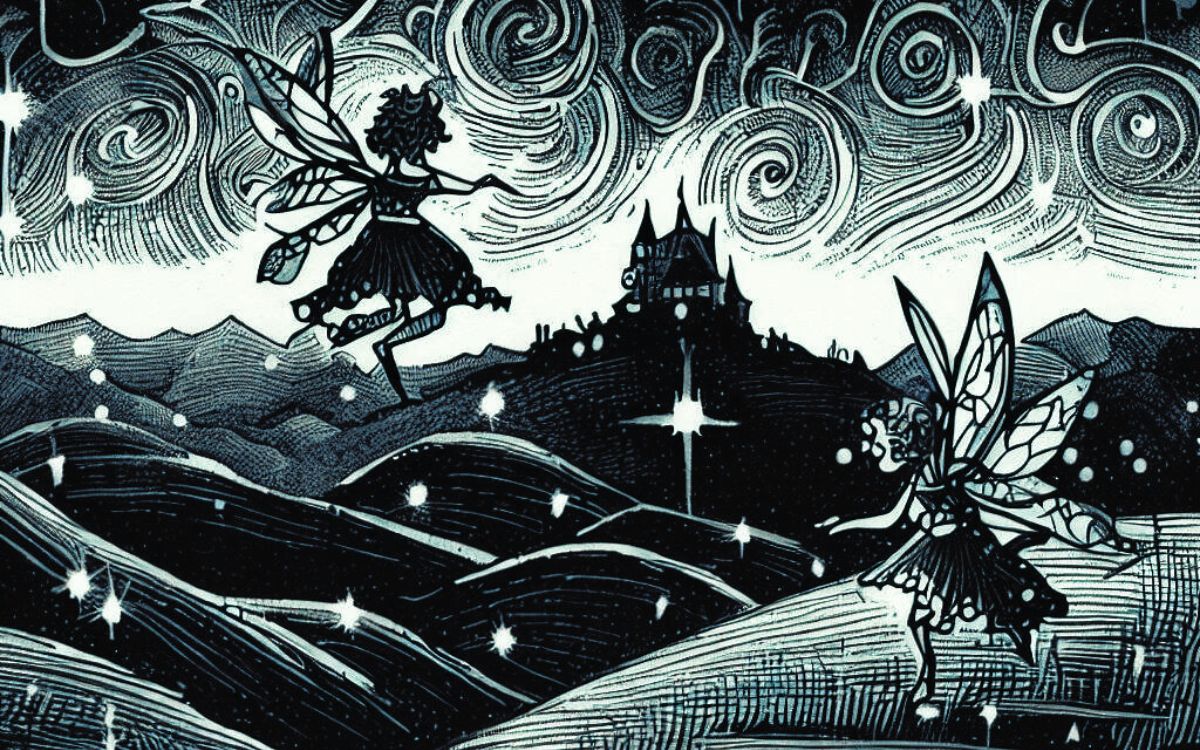

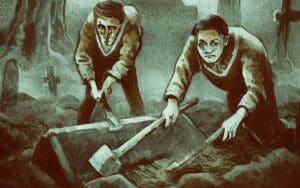
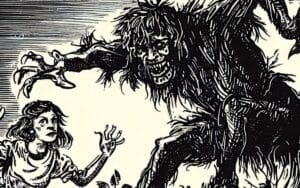
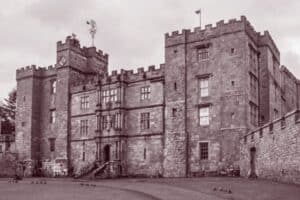
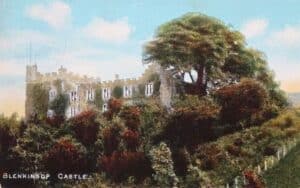

Enjoyed this – from my experience, bang on with hawthorn – ta
Enjoyed the article and as always i am open minded about nature spirits why not ?